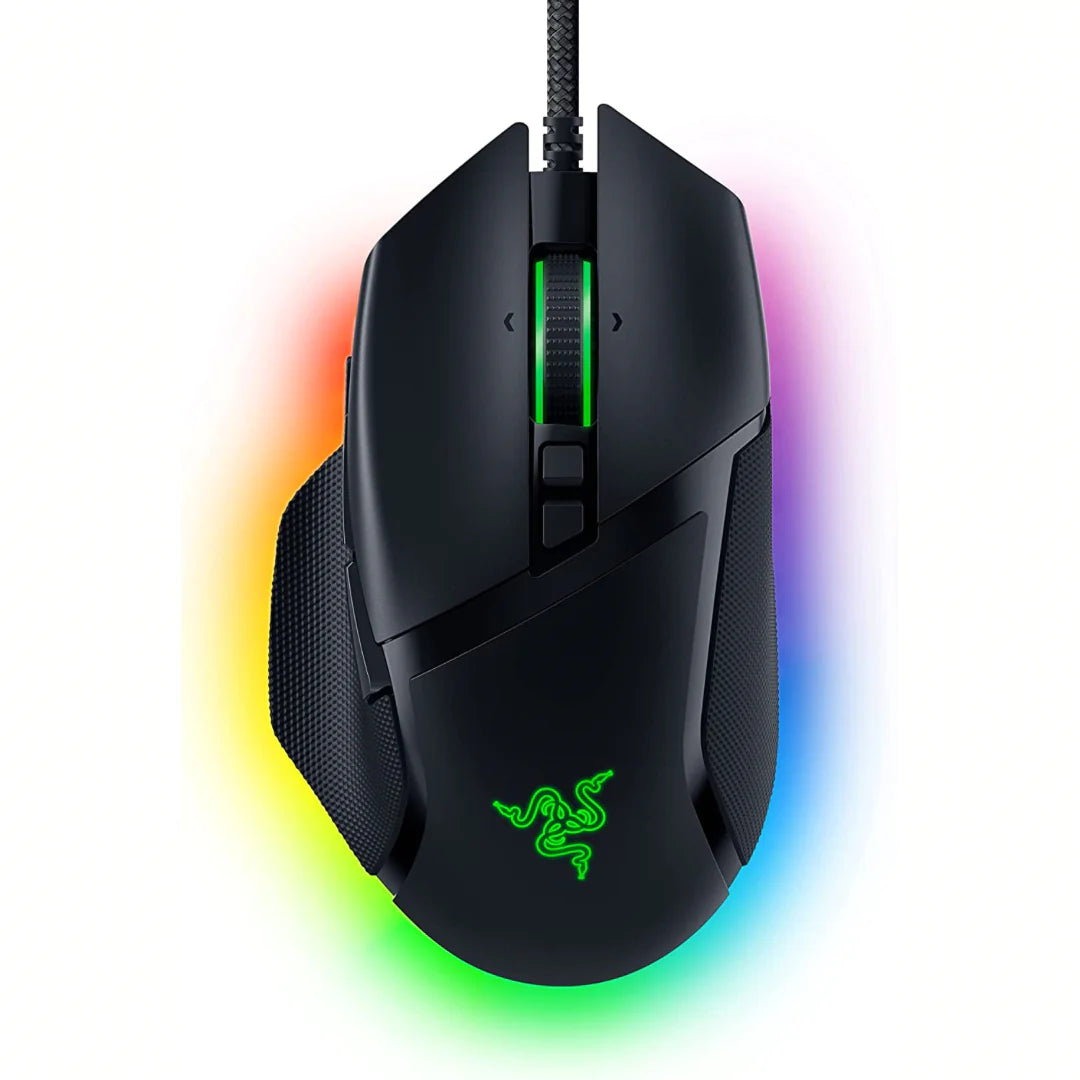
What Specs Should a Gaming Mouse Have?
Most gaming mice feature software to allow players to remap buttons, adjust sensitivity, and manage addressable lighting. While different brands' software is a little different, it should generally be easy to use.
Optical Sensor
Gaming mice can make or break a gamer’s experience. That’s why the best ones are equipped with high-end specs like low latency, precise sensors, and a high dpi setting. They also feature software that makes it easy to remap buttons and create profiles for different games.
A good mouse should have an optical sensor, which uses an LED to illuminate the surface it’s on. This light is then reflected and read by the sensor’s complementary metal-oxide-semiconductor (CMOS) to detect motion. The result is a highly accurate, consistent, and responsive mouse.
Another key thing to look for is the lift-off distance, which is how far you can lift the mouse off the surface without affecting its movement. Some gaming mice have a very high lift-off distance, which isn’t ideal for some surfaces and can cause jitter and unwanted movements. Lastly, you’ll want to look for a mouse that offers angle snapping, which is a software feature that corrects minor jitters by blurring them out and keeping straight lines. Some gamers prefer this, but others think it’s annoying and distracting.
CPI
Gamers have a lot to think about when they’re picking out a gaming mouse, as the right model can make or break their game. They’re looking for something that’s specially designed to give them the edge they need over their opponents, from specialized hardware enhancements to complex button layouts and more.
One of the most important specs for a gaming mouse is the CPI (or DPI, for short), or how sensitive the sensor is. Typically, higher numbers mean more sensitivity, which can help you track fast-moving targets or move around your screen quickly.
Another consideration is RGB, or multi-color LED lighting on the mouse. This can add a nice aesthetic touch and is popular among gamers who are particularly proud of the look of their rig. However, it’s worth noting that these lights tend to eat up the battery life of the mouse and shouldn’t be relied upon for long-term use. Many gaming mice also come with a set of small tablet-shaped weights that can be added or removed to change the overall mass of the device, which can be helpful for those who find a particular model uncomfortable or heavy.
IPS
The IPS is an important spec for gamers because it tells how fast the mouse can track movements. A high IPS will allow you to make quick moves in-game without losing control of the cursor. However, if you want to play FPS games with precision, then you should consider getting a higher DPI.
CPI is another spec that is often misunderstood by gamers. It stands for “Counts Per Inch” and is used to measure the overall sensitivity of a mouse. A high CPI number means that a single inch of mouse movement will move the cursor by a lot. Most gaming mice have a CPI setting that you can tweak on the fly.
The sensor frame rate is the frequency that the mouse captures and reports to the computer. It should be at least 1000hz, as it will provide a smoother response to hand movement. A high frame rate will also prevent jitter, which is caused by flaws in the sensor camera. Jitter causes the cursor to jump around on-screen. It is usually a result of a noisy sensor and is a common issue in laser sensors.
Weight
One of the more subjective specs for a gaming mouse, weight can be important depending on the kind of games you play. FPS gamers tend to favour lighter mice because they’re quicker to aim with. On the other hand, MOBA and MMO players may prefer a heavier mouse because it gives them more control.
The weight of a gaming mouse can be affected by the material it’s made from, as well as its internal construction. Ideally, you want a material that’s strong and durable without being too thick or bulky. You also want a material that’s grippy but doesn’t feel too rough or uncomfortable on your hands.
Many gaming mice have adjustable weights that allow you to add or remove little tablet-shaped weights to change their overall mass. Alternatively, you can buy mice that come with extra weights in their packaging, which are then easily added or removed as required.
Design
The best gaming mice are tailored to the types of games players prefer to play. FPS mice prioritize aim and agility, MMO mice focus on utility, and all-purpose gaming mice provide a little of both. While some mice may not fit the exact preferences of gamers, most fall into one of these categories.
When evaluating a gaming mouse, look for a spec sheet that includes DPI (dots-per-inch) and IPS. These numbers determine how fast the cursor moves onscreen based on how far you move the mouse. Many gaming mice also support multiple DPI settings, making it easy to find the right setting for any game.
Another popular specification for gaming mice is RGB lighting. While this feature has no direct effect on performance, it adds aesthetic appeal to the device and can coordinate with other gaming hardware. It's also common for gaming mouse software to allow players to customize RGB lighting with various effects. Lastly, consider how ergonomic the mouse is and if it fits your hand size and grip style. Some mice come with adjustable weights and center-of-gravity to improve comfort.
